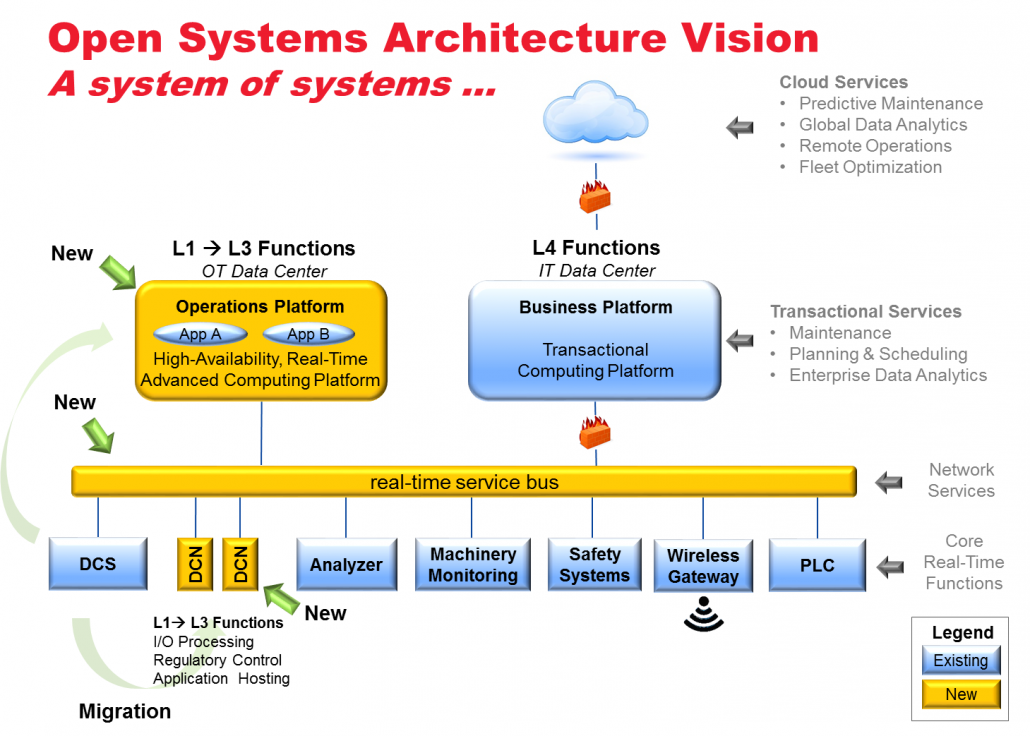Skkynet to Showcase Complete Industrial IoT Solution for Top Manufacturing Executives
Manufacturing and control system executives to receive hands-on demos of Skkynet’s IoT technology.
Mississauga, Ontario, March 30, 2016 – Skkynet Cloud Systems, Inc. (“Skkynet” or “the Company”) (OTCQB:SKKY), a global leader in real-time cloud information systems, will present and demonstrate its fully integrated SkkyHub™ service, DataHub® industrial middleware, and Skkynet ETK at the North American Manufacturing Excellence Summit (NAMES) on April 5-6 in Chicago, and at the Control System Integrators Association (CSIA) 2015 Executive Conference on April 19-22 in Puerto Rico.
“The top decision-makers and leaders in manufacturing and industrial automation attending these events are looking for ways to gain a competitive edge,” said Paul Thomas, President of Skkynet. “What they will find in our demos is an end-to-end solution that they can connect to new or existing systems, and immediately start reaping the benefits of the Industrial IoT (Internet of Things).”
Each of these conferences brings together executives in leading manufacturing and system integration firms, as well as plant managers and supply chain leaders. At the NAMES summit, managers and leaders from GE and John Deere will be discussing the Industrial IoT, and how it offers a competitive edge for manufacturers. At the CSIA event, presidents and managers of system integration companies will meet to pool their experience and catch up on the latest methods and technologies for industrial automation and control.
Skkynet’s contribution to these gatherings is to demonstrate the complete solution offered by using the DataHub with in-plant systems and the Skkynet ETK with embedded devices to connect to the SkkyHub service. This approach to the Industrial IoT offers a secure, robust, end-to-end solution for remote monitoring and supervisory process control. The integration of both in-plant and field device connections allows plant engineers and system integrators to bridge the gap between industrial control systems and the Internet of Things (IoT).
Skkynet’s SkkyHub service allows industrial and embedded systems to securely network live data in real time from any location. It enables bidirectional supervisory control, integration and sharing of data with multiple users, and real-time access to selected data sets in a web browser. The service is capable of handling over 50,000 data changes per second per client, at speeds of just microseconds over Internet latency. Secure by design, it requires no VPN, no open firewall ports, no special programming, and no additional hardware.
Skkynet’s Cogent DataHub industrial middleware solution connects to virtually any industrial system using standard protocols such as OPC, Modbus, TCP, and ODBC to support OPC networking, server-server bridging, aggregation, data logging, redundancy, and web-based HMI. The Skkynet Embedded Toolkit (ETK) allows embedded devices to make a secure connection to the Internet of Things, enabling real-time, bidirectional data flow and edge computing using a built-in scripting language.
About Skkynet Cloud Systems, Inc.
Skkynet Cloud Systems, Inc. (OTCQB:SKKY) is a global leader in real-time cloud information systems. The Skkynet Connected Systems platform includes the award-winning SkkyHub™ service, DataHub®, WebView™, and Embedded Toolkit (ETK) software. The platform enables real-time data connectivity for industrial, embedded, and financial systems, with no programming required. Skkynet’s platform is uniquely positioned for the “Internet of Things” and “Industry 4.0” because unlike the traditional approach for networked systems, SkkyHub is secure-by-design. Customers include Microsoft, Caterpillar, Siemens, Metso, ABB, Honeywell, IBM, GE, Statoil, Goodyear, BASF, E.ON, Bombardier, and the Bank of Canada. For more information, see http://skkynet.com.
Safe Harbor:
This news release contains “forward-looking statements” as that term is defined in the United States Securities Act of 1933, as amended and the Securities Exchange Act of 1934, as amended. Statements in this press release that are not purely historical are forward-looking statements, including beliefs, plans, expectations or intentions regarding the future, and results of new business opportunities. Actual results could differ from those projected in any forward-looking statements due to numerous factors, such as the inherent uncertainties associated with new business opportunities and development stage companies. We assume no obligation to update the forward-looking statements. Although we believe that any beliefs, plans, expectations and intentions contained in this press release are reasonable, there can be no assurance that they will prove to be accurate. Investors should refer to the risk factors disclosure outlined in our annual report on Form 10-K for the most recent fiscal year, our quarterly reports on Form 10-Q and other periodic reports filed from time-to-time with the Securities and Exchange Commission.



